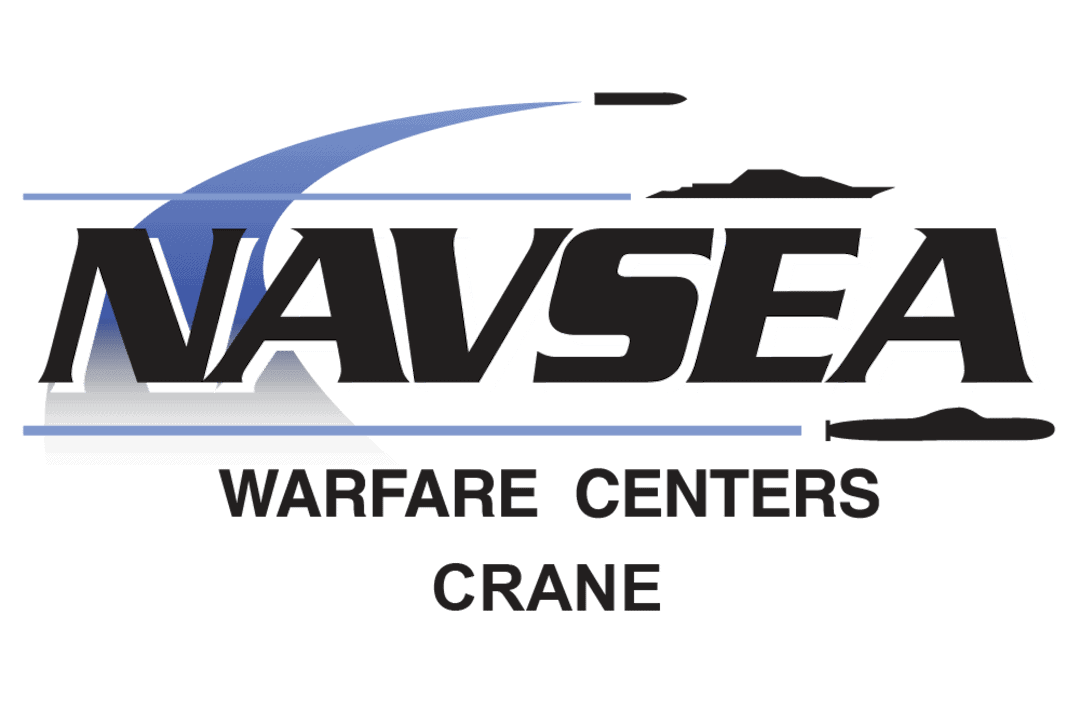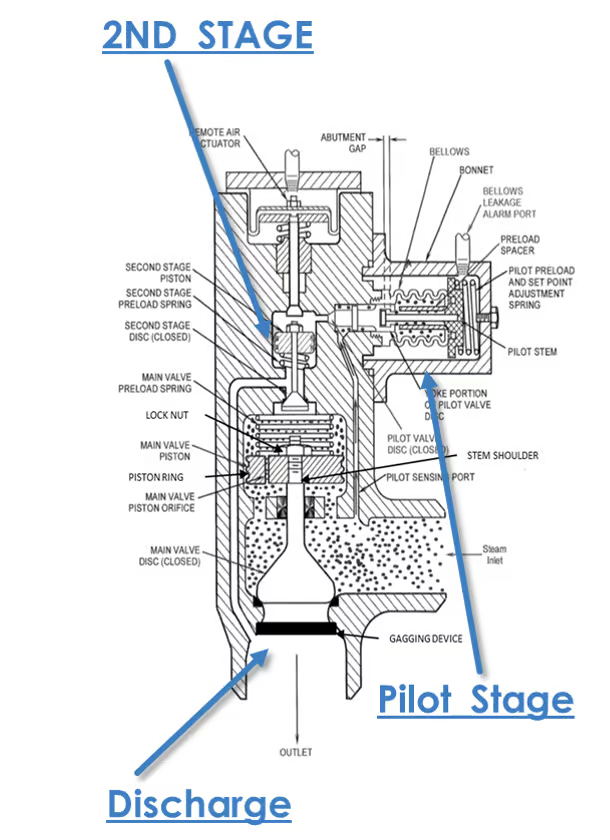
Boiling water reactors (BWRs) require one to remove liquid moisture from a two-phase mixture as it exits the core. But excess moisture carryover (MCO) can lead to the intergranular stress corrosion cracking of turbine blades, along with damage to other plant components. Too much MCO can also cause an increase in employees’ exposure levels to Cobalt-60 (Co-60), which is carried over in the droplets that leave the steam dryers.

The current practice is to mitigate MCO on an ad-hoc basis during reactor operation, since there is no way to forecast MCO behavior before reactor startup. This inability to predict elevated levels of MCO and Co-60 can result in the aforementioned facility component damage and exposure risk to plant personnel. But by capitalizing on AI and Machine Learning, we can now leverage historical data sets to predict MCO levels and prevent excess amounts.
By simplifying reactor symmetries and important geometric dependencies, we worked with a nuclear plant to gather data over several years and accurately model and predict MCO within its reactors. As a result, the facility had enormous cost savings, less long-term component damage, and less personnel exposure risk.



